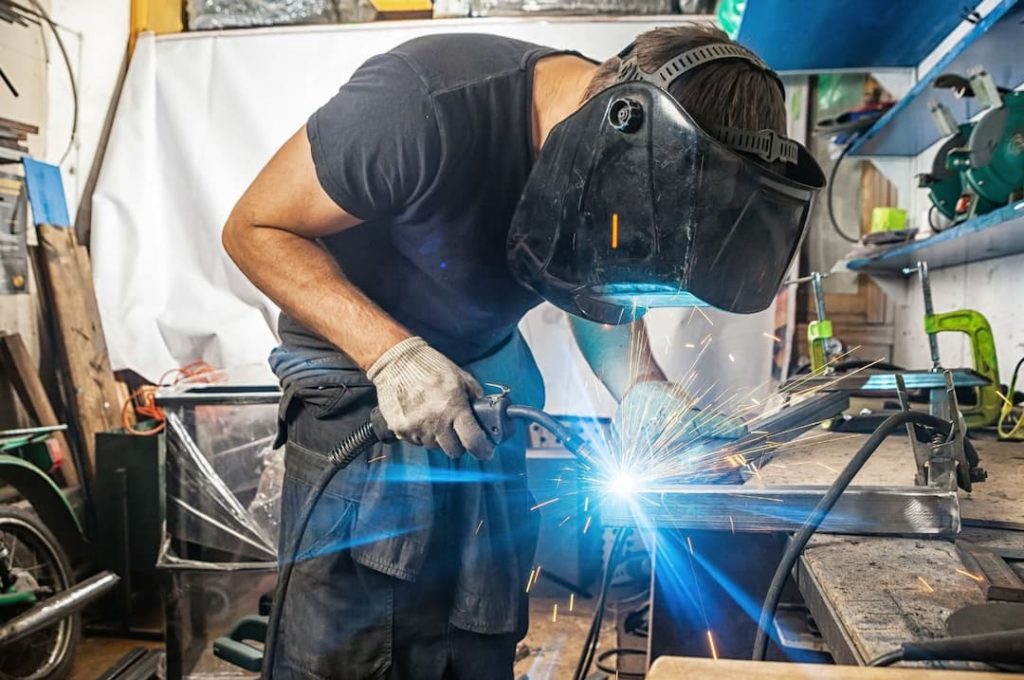Do you ever find yourself puzzled while welding stainless steel to mild steel? It can be tricky, but proper preparations and methods make it possible! In this blog post, we'll outline the steps necessary for ensuring successful welds of stainless steel and mild steel, that are strong and long-lasting, and will be answering the "Can you weld stainless steel to mild steel?" question.
Table of Contents
We'll discuss metal identification tips and pre-weld checks to ensure everything is ready for proper joint preparation and welding processes. After reading this post, you will have all the knowledge necessary for a successful weld when combining two different metal types. So grab your tools and get ready to learn - let's dive in!
Key Takeaways
- Welding is a crucial process in manufacturing, allowing for the joining of materials such as steel.
- When welding stainless steel to mild steel, proper welding techniques, procedures, and equipment must be used, and appropriate safety precautions must be taken.
- Yes, welding mild steel and stainless steel is doable but can be challenging due to their different chemical compositions and physical properties.
- It requires careful planning and expertise in using the right welding method and temperature, and choosing the filler material to ensure a robust and long-lasting bond.
Understanding the Different Types of Steel
Steel is a ubiquitous material we use daily, from the vehicles we drive to the buildings we live and work in. However, not all steel is created equal. There are different types of steel, each with its unique composition and properties, making it fit for specific applications.
The most common types of steel are carbon steel, alloy steel, stainless steel, and tool steel. Carbon steel is the most basic form of steel used in construction, while alloy steel is used for high-stress applications, such as building bridges and pipelines.
Stainless steel is corrosion-resistant and used in the food industry, while tool steel is used for cutting and shaping other materials. By understanding the different types of steel, we can use them in the most suitable and effective ways, enabling us to build more robust and more durable structures for a safer and more sustainable future.
Examining the Welding Process for Joining Steel
Welding is a crucial process in manufacturing, allowing for the joining of materials such as steel. It involves melting two pieces of metal at the point of contact and adding a filler material to bond them together. The process can be completed using various methods, including TIG, MIG, and stick welding. Each method has its unique cost, efficiency, and weld quality advantages.
Despite differences in technique, proper safety precautions must always be taken during welding to avoid potential hazards. Understanding the welding process is essential for creating enduring and robust bonds between metals and ensuring the quality and safety of products in various industries.
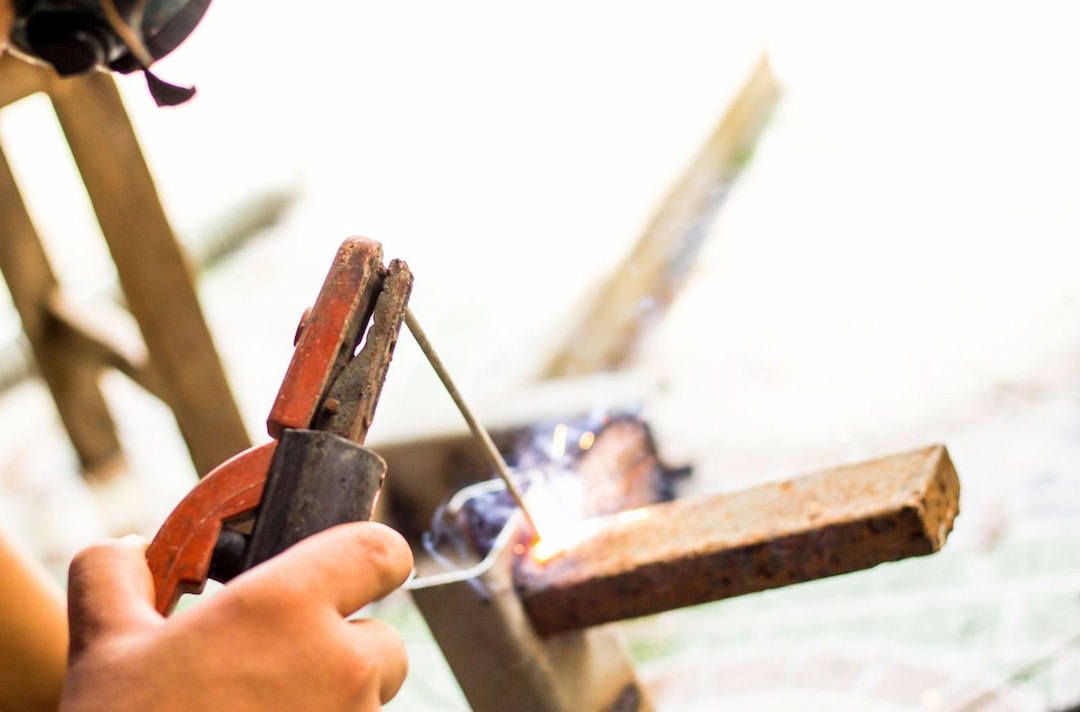
Preparing the Metals Before Welding
Before beginning any welding project, preparing the metals that will be joined together correctly is vital. This process involves several steps, including cleaning the surfaces to be welded and removing any rust or other contaminants.
It is also necessary to select the appropriate welding technique and filler material based on the type of metal being welded and the desired result. Taking the time to prepare the metals before soldering correctly can help ensure a robust and reliable bond that will last years.
Exploring the Equipment Needed to Weld Stainless Steel to Mild Steel
Welding stainless steel to mild steel requires more precision than welding two pieces of the same weld metal. To ensure a successful weld, use a TIG welding (tungsten inert gas) machine and a filler material specifically designed for welding dissimilar metals, such as 309L or 309LSi. We explained welding rod numbers in more detail so that you can pick the right electrode for the job at hand.
The best professional MIG welder that fits your budget is also suitable for this purpose. Because there is no slag, deposition efficiency (the ratio of filler metal used versus final weld weight) is quite high. Since there is little need for stop/starts and post-weld cleanup, time spent welding versus total project time ratio will be much higher than other processes.
That said, MIG generally provides less control over the heat input compared to a good TIG welder.
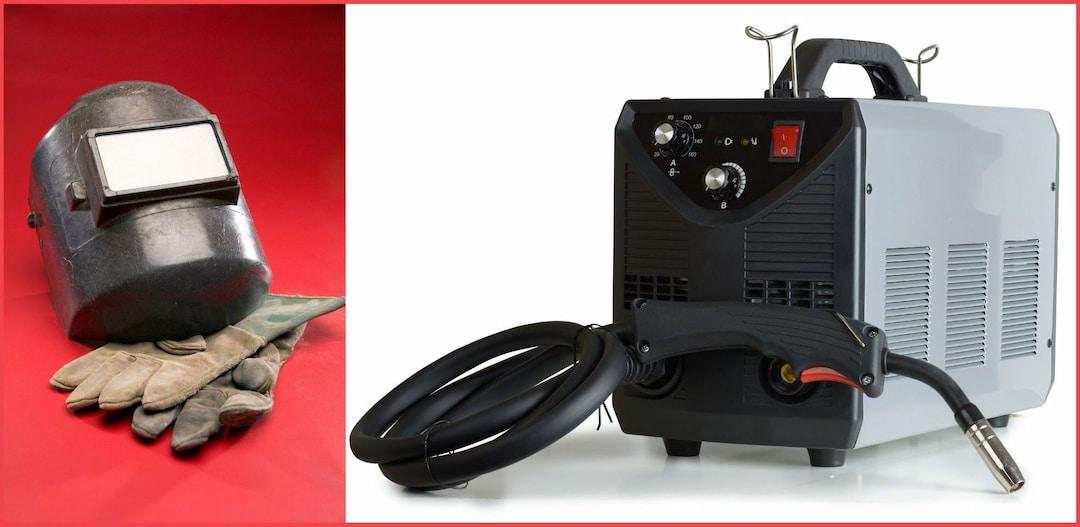
Moreover, austenitic stainless steel should be used to ensure compatibility between the two metals. Protective gear such as a welding helmet, gloves, and body protection must also be worn when working with hot metal. With the right equipment and proper technique, welders can successfully and rewardingly weld stainless steel to mild steel.
Advantages and Disadvantages of Joining Mild Steel and Stainless Steel
Joining stainless and mild steel using TIG welding requires careful planning and expertise to ensure a robust bond. A weld metal and a shielding gas (98% Argon, 2% CO2) are used in this process to protect the weld from contamination. Mild steel is often chosen due to its cost-effectiveness compared to stainless steel; however, it is more vulnerable to rust and corrosion. Therefore, combining the two materials may be necessary to provide optimal strength.
I think careful consideration must be given when deciding between mild steel, stainless steel, and any combination thereof for your project's needs. TIG welding is one of the more popular options for successfully joining these two different types of metals.
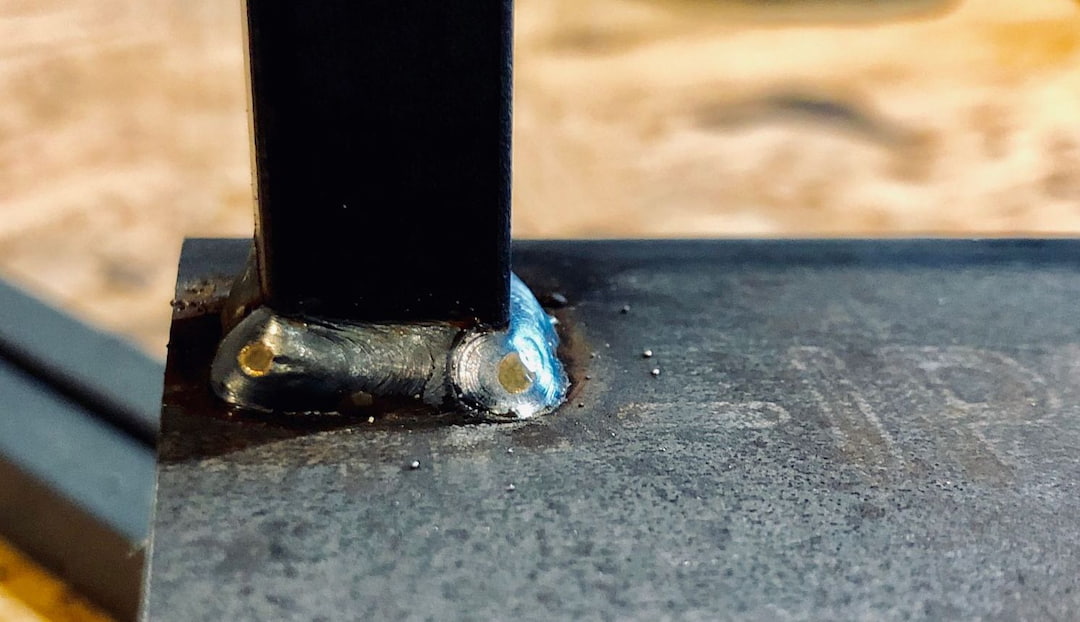
So, Can you Weld Stainless Steel to Mild Steel?
Welding stainless steel to mild steel is possible, but it requires proper welding techniques and procedures. The two types of steel have different compositions and properties, making welding them together challenging. Stainless steel contains a higher percentage of chromium and nickel, which give it corrosion resistance and toughness, while mild steel is generally easier to weld and is more malleable.
To weld these two metals together, you need to use a filler metal compatible with both types of steel. Usually, a filler metal with a higher nickel content will do a great job when welding stainless steel to mild steel.
- It is also essential to use the correct welding technique, such as TIG welding (Tungsten Inert Gas) or MIG (Metal Inert Gas) welding, and to take appropriate safety precautions, such as wearing protective gear and working in a well-ventilated area.
- With TIG welding, use a DCEN or DC electrode negative setting. Set current with a ratio of 1 amp for every 1/1000-inch thickness of the metals you are welding.
- With MIG welding, it's best to use the push technique. This will let you see what you are doing clearly. It will also produce less beading. You should use the pull technique only when you need deeper penetration.
- Stick to holding the welding gun at a 90-degree angle, with a travel angle of 5 -15 degrees. For T-joints and lap joints, a greater angle of about 45-70 degrees works best for most jobs.
Stick Welding Stainless Steel to Mild Steel
Without going down the welding rabbit hole, when stick welding stainless steel and mild steel, it is best to use a filler rod made from 309L stainless steel. This type of filler rod is specifically designed for welding stainless steel and mild steel and gives great results.
The welding heat produced while stick welding can warp thin stainless steel and also lower its corrosion resistance. So, Stick welding works best if the two metals you are trying to weld are thicker than 1/8″ (3.2 mm). If they are thinner, it’s best to use MIG or TIG welding. We covered welding thin metal in detail in order to cover all possible issues in detail.
That said, stick welding remains a good option for field work due to its portability and low costs involved, as long as you are using a good stick welder and are skilled with it.
Safety Precautions When Welding Stainless Steel to Mild Steel
When welding stainless steel to mild steel, safety should always be a top priority. This process can produce hazardous fumes and sparks, so wearing proper protective gear, such as a welding jacket, gloves, and a helmet with a face shield, is essential. In addition, make sure the area you are working in is well-ventilated to prevent inhalation of dangerous fumes.
When choosing a welding method, using the TIG or MIG welding processes is best, which are less likely to cause warping due to the controlled heat input. Always read the manufacturer's guidelines and follow proper procedures to reduce the risk of injury or damage to equipment. Safety should always come first when welding stainless steel to mild steel.
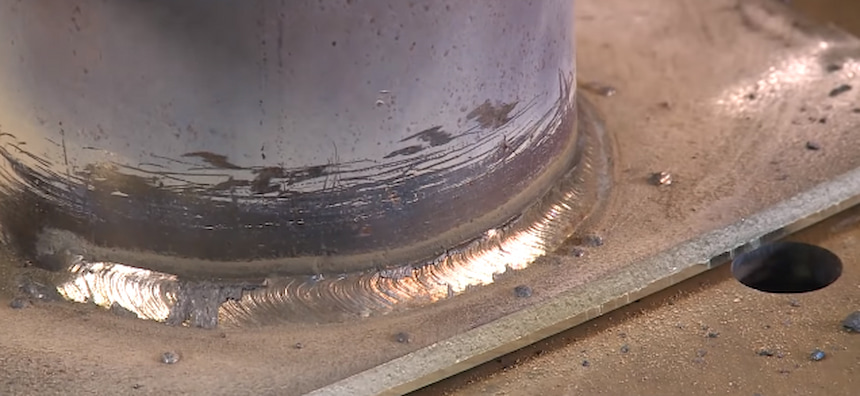
FAQs
What material can be welded to stainless steel?
Stainless steel can be welded to many metals, including aluminum and carbon steel. I want to let you know that the type of welding process utilized will affect what materials can be used. For instance, when using MIG (metal inert gas) welding technology, stainless steel can be welded to other ferrous metals, such as mild steel, but not non-ferrous metals like aluminum.
On the other hand, when using TIG (tungsten inert gas) welding, stainless steel can be welded to all types of metals – ferrous and non-ferrous. Welding stainless steel to aluminum makes using a filler material designed for this purpose important. Different types of stainless steel may also be welded together, depending on the alloy composition and designated application.
What are the benefits of welding stainless steel to mild steel?
When welding stainless steel to mild steel, there are several benefits that can be achieved. One of the main advantages is increased strength, as the combination of these materials can result in a strong bond that can withstand high levels of stress and strain. This can be particularly useful in applications where the welded joint will be exposed to heavy loads or vibrations.
Another benefit is enhanced corrosion resistance. Stainless steel is highly resistant to corrosion, while mild steel is more prone to rust and corrosion. By welding these two materials together, the stainless steel can provide a protective layer that helps prevent corrosion from occurring on the mild steel. This can be especially important in applications where the welded joint will be exposed to moisture or other corrosive elements.
Are there any drawbacks to welding stainless steel to mild steel?
One potential drawback of welding stainless steel to mild steel is the risk of galvanic corrosion, which occurs when two dissimilar metals are in contact with each other in the presence of an electrolyte, such as moisture. Proper welding techniques and the use of appropriate filler materials can mitigate this.
Conclusion
Welding steel is an essential skill for many businesses in the engineering and construction industry. Since both metals are similar, it's not that hard of a job as long as the following are met:
- Understanding the two different types of steel you want to weld
- Planning the welding process carefully
- Preparing metals before welding
- Exploring the equipment needed to weld stainless to mild steel
- Considering the advantages and disadvantages of joining mild and stainless steel using different methods and filler materials
While there are obvious safety considerations when using any welding or fabrication tools, it can be very beneficial if done correctly with all proper measures taken. Stainless steel to mild steel welding is a doable process that has various benefits depending on your intended application.
All in all, carefully navigating this delicate but practical process opens up new possibilities for any welder looking to acquire new knowledge and skills, and get more jobs lined up in the future.
